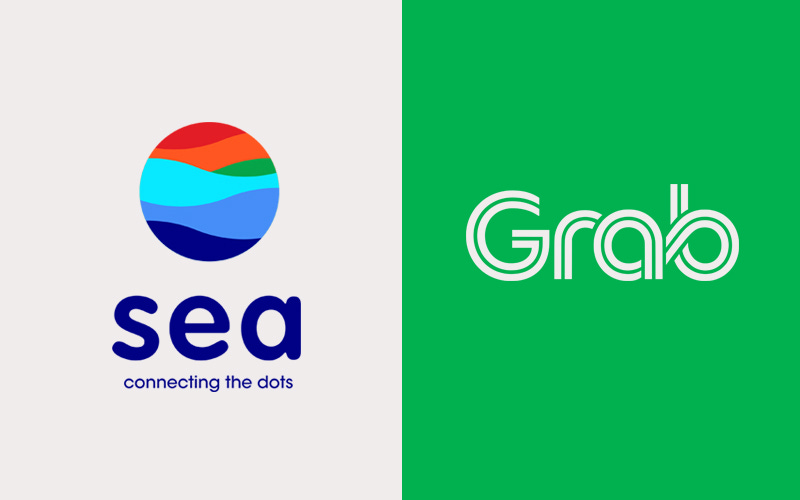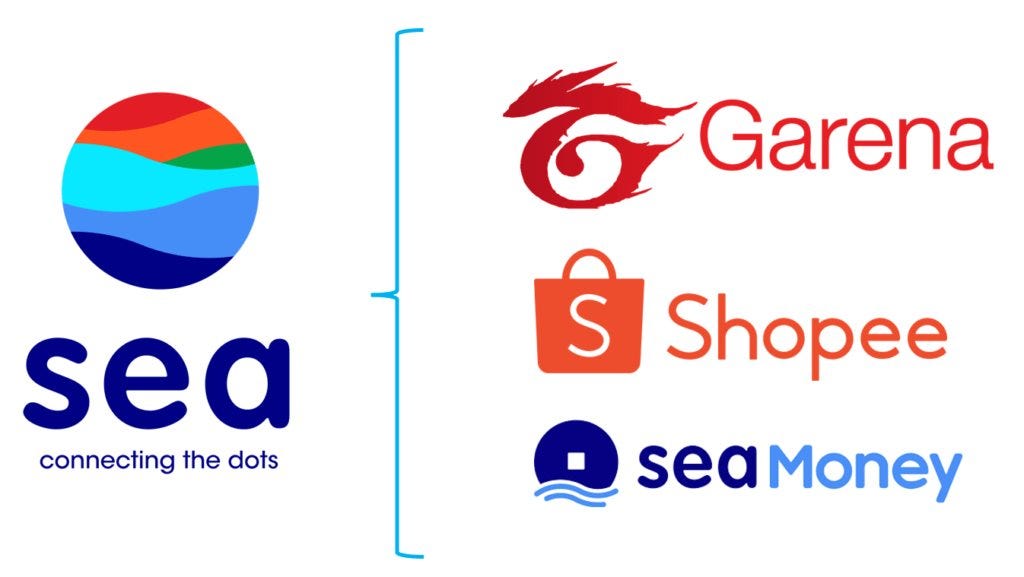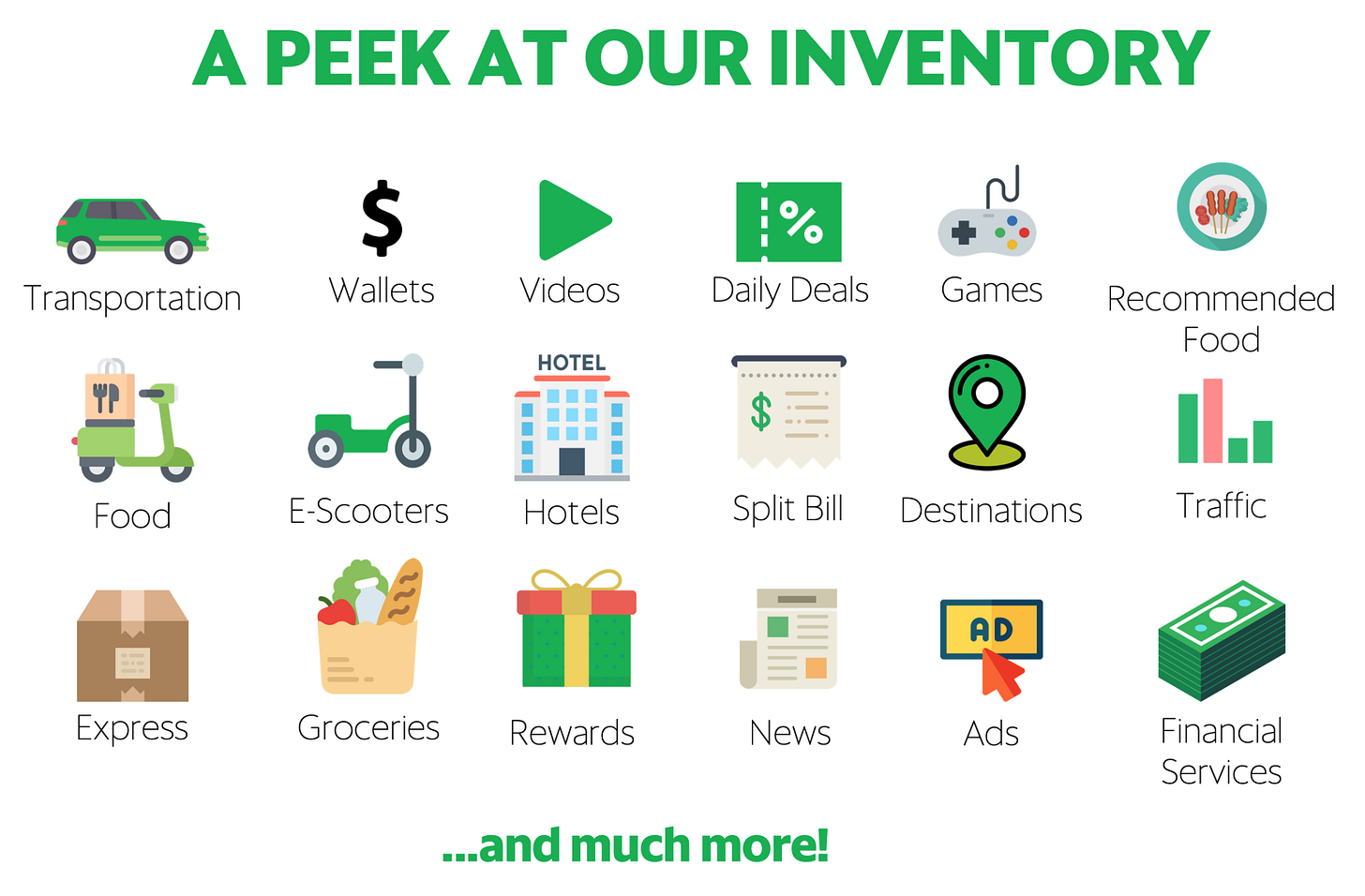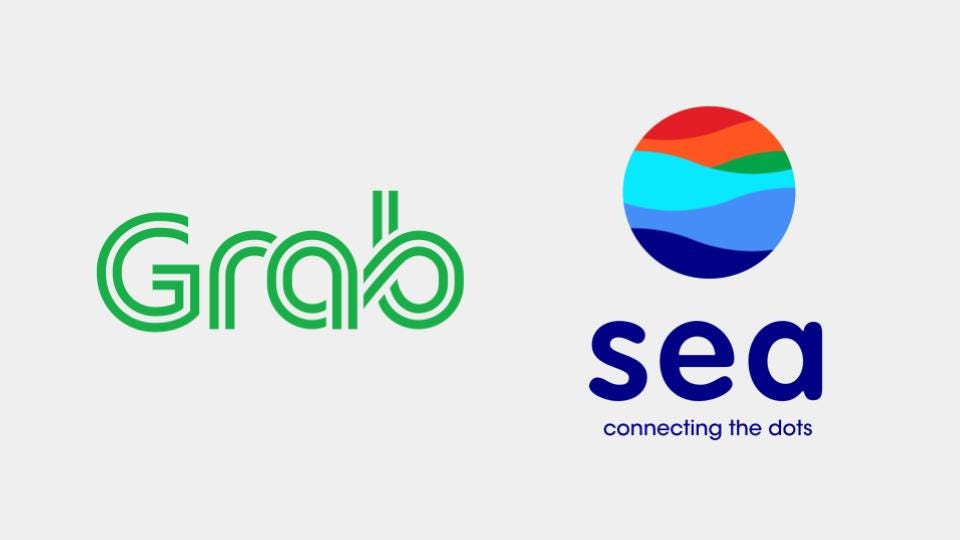Sea Limited v Grab
The Battle for SEA's Digital Supremacy
Introductory Paragraph
In Southeast Asia, two tech giants are competing to harness the region’s digital potential, but they are doing so with very different playbooks.
Sea Limited and Grab Holdings have both emerged as leaders. Yet their strategies, origins, and business models diverge sharply.
While Sea Limited has built a multi‑vertical ecosystem spanning digital entertainment, e‑commerce, and digital financial services, Grab has evolved into an all‑in‑one super‑app focused on mobility, deliveries, and financial services.
In this post, I go through the history of both companies, the current competitive landscape and where I think the future lies.
Origins: The Roots of Two Regional Titans
Sea Limited ($SE)
Sea Limited, founded in Singapore in 2009 by Forrest Li, was originally established as a digital entertainment company named Garena.
Initially, Garena focused on game development and publishing, achieving early success by securing the rights to distribute popular titles such as “League of Legends” in Southeast Asia.
Leveraging the momentum from its entertainment business, Sea launched Shopee: a mobile‑first e‑commerce platform that rapidly grew to become the region’s leading marketplace.
In 2017, it rebranded to Sea Limited to reflect its broadened ambitions.
Soon after, Sea ventured into digital financial services with SeaMoney, providing payments, lending, and other fintech solutions.
Today, Sea Limited operates three core businesses: Garena (digital entertainment), Shopee (e-commerce), and SeaMoney (digital financial services), solidifying its position as the leader in the Southeast Asian digital economy.
Grab Holdings ($GRAB)
Grab was born in 2012 when Anthony Tan and Tan Hooi Ling, inspired by the poor taxi service quality in Malaysia, devised a taxi‑booking app, or as we know it today, ride-hailing. Their concept, which earned recognition at the HBS New Venture Competition, aimed at enhancing taxi safety and efficiency.
Starting in Malaysia and quickly moving to Singapore in 2013, Grab rapidly expanded its operations throughout Southeast Asia, entering the Philippines, Thailand, Indonesia, and Vietnam with localised offerings.
In March 2018, Grab acquired Uber’s Southeast Asian operations, further solidifying its market presence. This was a turning point for the company as it realised its superior market position allowed it to capitalise on a host of opportunities, leading to the launch of its Food Delivery and Digital Financial Services segments.
This allowed Grab to capitalise on its enormous cross-selling potential, evolving its simple ride-hailing platform into a full-fledged super-app.
Today, Grab Holdings operates three core businesses: GrabTransport (Ride-Hailing), GrabFood (Food Delivery) and GFin (Financial Services).






